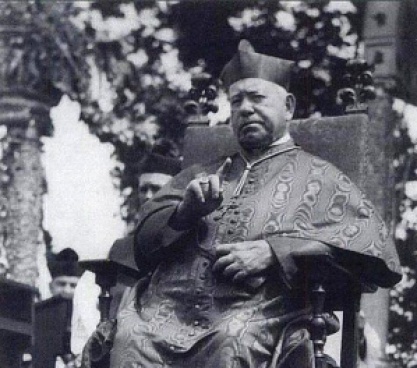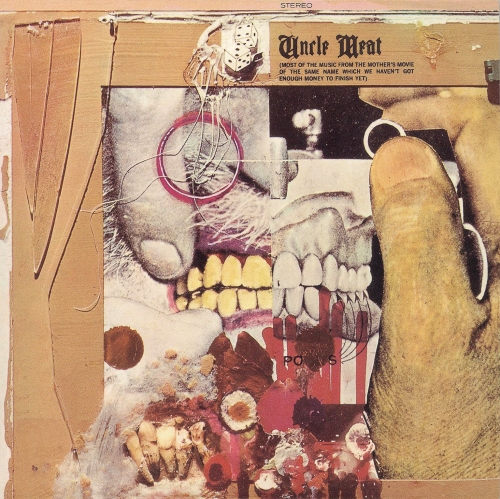In an address delivered on 10 January 1932 William Cardinal O’Connell described crooners as “whiners and bleaters defiling the air.”
“No true American would practice this base art,” he continued. “I like to use my radio, when weary. But I cannot turn the dials without getting these whiners, crying vapid words to impossible tunes.”
“If you will listen closely when you are unfortunate enough to get one of these you will discern the basest appeal to sex emotions in the young. They are not true love songs—they profane the name. They are ribald and revolting to true men.”
This according to “Cardinal denounces crooners as whiners defiling the air” (New York times 11 January 1932, p. 21), which is reprinted in Music, sound, and technology in America: A documentary history of early phonograph, cinema, and radio (Durham: Duke University Press, 2012) pp. 319–20.
Below, Rudy Valée defiles the air in Florenz Ziegfeld’s Glorifying the American girl).











